Crypto meltdown exposes hollowness of its libertarian promise
To its advocates, cryptocurrency is, at its heart, a libertarian project to free mankind from the shackles of government—most of all its power to debase a “fiat" currency by printing more of it. Do Kwon, the South Korean creator of the stablecoin TerraUSD, regularly equated fiat currency to “state violence."
So when inflation took off, crypto’s supporters were triumphant. Bitcoin’s value “is telling us that the central banks are bankrupt, that we are at the end of the fiat money regime," venture capitalist and bitcoin investor Peter Thiel declared in April.
Then a funny thing happened. As the Federal Reserve responded to rising inflation by raising interest rates, fiat currency rallied big time. Bitcoin has fallen 30% against the dollar since Mr. Thiel’s comments. TerraUSD, which is supposed to trade one-for-one with the dollar, now trades eight-for-one. In fiat money terms, crypto’s total value has plummeted by 56%, or $1.6 trillion, since November.
Perhaps this is just another of crypto’s many temporary downdrafts. Or perhaps rising interest rates have exposed the hollowness of crypto’s libertarian promise.
Bubbles are a regular byproduct of our financial system, from dot-com stocks in the late 1990s to subprime mortgages in the mid-2000s to green technology recently. Crypto was different: It sought to replace the financial system altogether with one that was faster, cheaper, less under the thumb of government and more accessible to the poor.
It has had 13 years to make that case, and failed. Bitcoin comprises just 0.2% of international remittances, according to Manuel Orozco of the Inter-American Dialogue, a U.S.-based think tank. El Salvador made bitcoin legal tender last September and heavily subsidized its
Read more on livemint.com


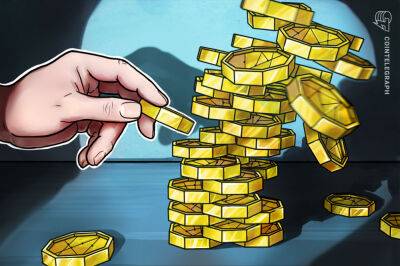
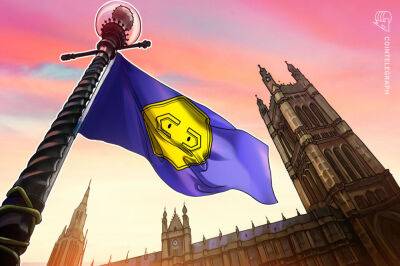

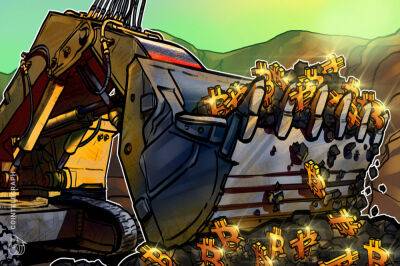



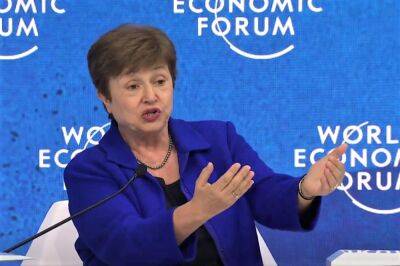
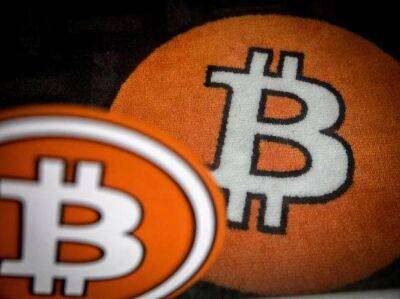

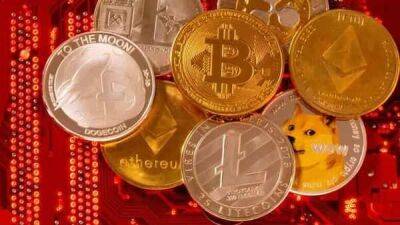



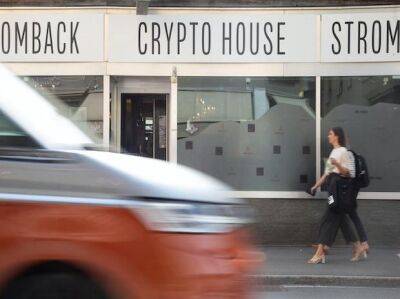
![Hot take: Bitcoin’s [BTC] next bull phase might be driven by energy companies… - ambcrypto.com - Usa](https://gocryptonft.com/storage/thumbs_400/img/2022/5/23/43315_s39.jpg)
